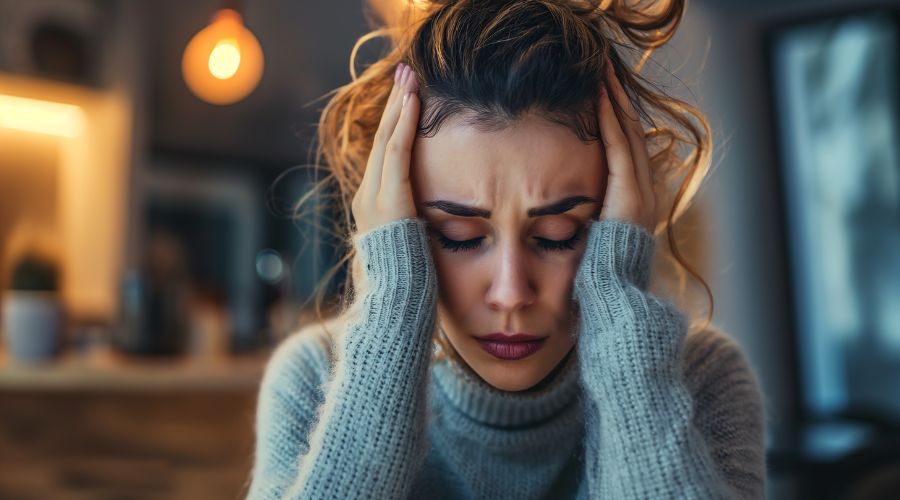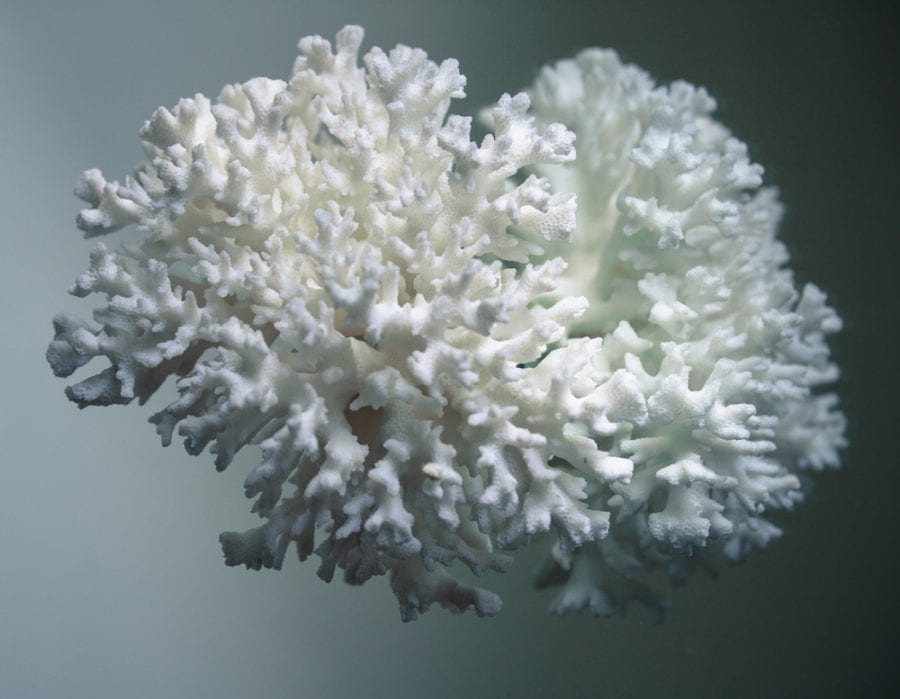Yeast Infections: Causes, Herbs, and Lifehacks for Support
The body is a lot like a garden for fungus and bacteria. When each species is present in the proper amounts, it leads to optimal health. However, when one takes over, it can cause disorder and disease.
What are Yeast Infections?
Yeast is a type of fungus present in small amounts in the body. Other types of fungus and bacteria keep it in check in a healthy body. Yeast in these limited levels helps with nutrient absorption and digestion. One of the most common yeast species in the body is Candida albicans.
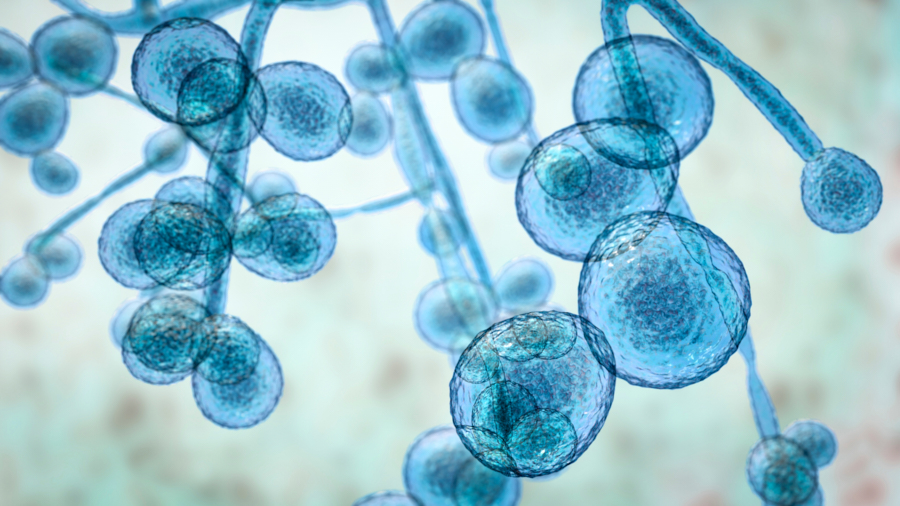
However, candida is an opportunistic yeast. That means that if there is any imbalance and not enough bacteria and fungus to keep it in check, it takes over and grows to unhealthy proportions. Depending on where it is in the body, it causes a yeast infection. These infections most commonly appear in the mouth, vagina, and intestinal tract.
Despite being caused by the same yeast, where the infection is located will affect the symptoms. For example, some signs of a yeast infection in the genitals include:
- Swelling
- Redness
- Itching
- Pain in the bedroom
- Thick, white discharge
However, symptoms of a gut yeast infection include:
- Stomach pain
- Gas and bloating
- Nausea
- Diarrhea
- Constipation
- Weight gain or loss
- Blood in stool
An overgrowth of yeast is associated with various diseases in the gut, including Crohn’s Disease and ulcerative colitis.
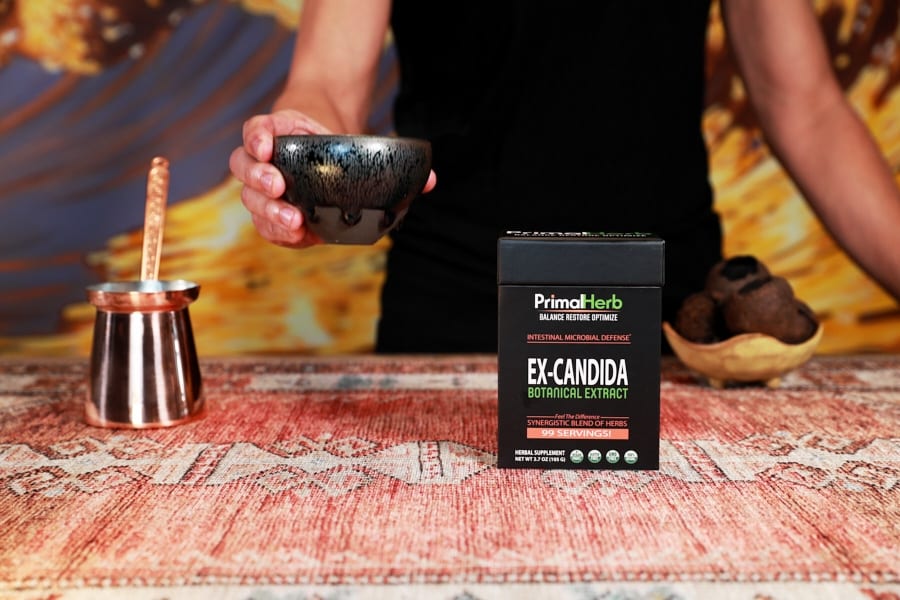 Click to Learn More About EX-CANDIDA
Click to Learn More About EX-CANDIDA
In addition to these specific infections, other symptoms point to an overgrowth of yeast:
- Hormone imbalance
- Brain fog
- Recurrent sinus infections
- Oral thrush
- UTIs
- Mood disorders, such as depression, anxiety, dramatic mood swings, and even panic attacks
- Chronic Fatigue
There are a number of reasons why the body gets out of balance and starts overproducing yeast. Just a few of the reasons include:
- Overconsumption of sugar and processed flour
- Antibiotics
- Diabetes
- High stress
- High alcohol intake
- Oral contraceptives
- Weak immune system
Yeast infections are prevalent. Approximately three out of four women will get at least one yeast infection in their life, and nearly a billion people have some sort of fungal infection.
How Herbs Can Help
Thankfully, there are ways to protect ourselves from these uncomfortable infections. A number of dietary and lifestyle modifications can bring significant long-term relief. There are also specific plants that reduce the painful symptoms of a yeast infection.
Health practitioners noticed that certain herbs, mushrooms, and other plants held potent powers for most of history. They passed these observations on to the next generation, resulting in a rich knowledge of healing plants.
Modern science has refined our understanding of many of the traditional healing plants. Researchers have pinpointed potent properties in these ingredients and verified many of their traditional uses.
We’ve combined some of the most potent plants to reduce the risk of yeast infections in two of our popular formulas, EX-CANDIDA and Yin Synergy. Extracted from the purest sources, each ingredient offers a critical boost in the fight against yeast.
Critical supplements to guard against yeast infections include:
Sweet Wormwood
Sometimes called Sweet Annie, Wormwood has been a traditional remedy for digestive complaints for the past 2,000 years. It has documented use in Traditional Chinese Medicine (TCM), as well as appearing in ancient Biblical and Egyptian texts.
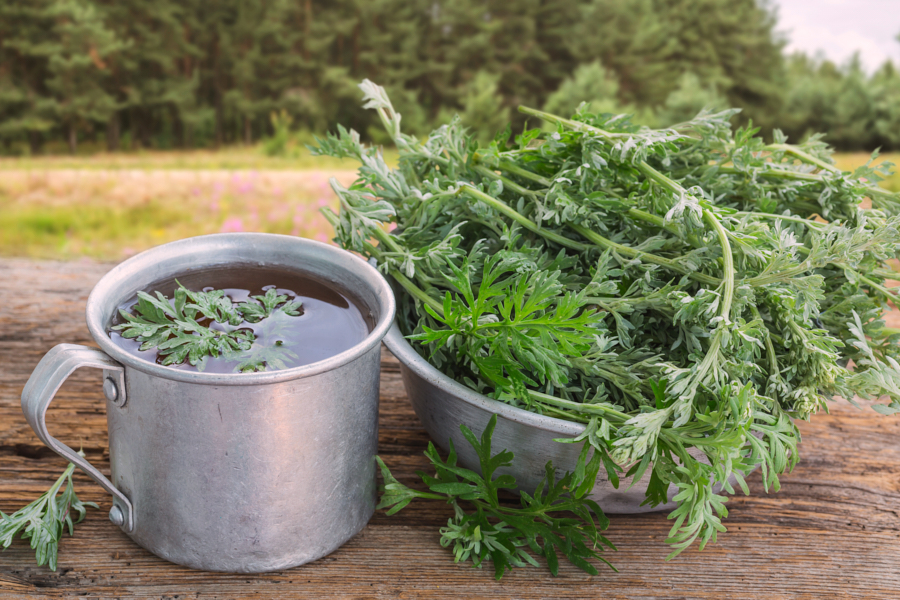
U.S. authorities banned the use of Wormwood, which is not a hallucinogen, because of its role as one of the key ingredients in absinthe. This changed when authorities reversed their stance and made it legal in 2007.
Researchers have confirmed what TCM practitioners witnessed: it has potent properties to encourage microbiome balance and fight candida.
Studies show that Wormwood is effective in enhancing gut function. Researchers found in one study that Wormwood was more effective at stimulating digestion than a placebo. Another study on patients with Crohn’s discovered that Wormwood was associated with a reduction of symptoms.
Considering the link between yeast infections and Crohn’s, Wormwood could provide a critical boost for fighting a gut yeast infection. More specifically, researchers found in one study that it helped curb the growth of candida, the yeast that causes these infections. If the body is too weak or imbalanced to fight off the infection on its own, Wormwood could provide a critical balance.
Caprylic Acid
Mainstream health experts long-derided coconut oil because of its high amount of saturated fat. However, it has recently enjoyed a resurgence in popularity as many discover its many health benefits.
Coconut oil contains three fatty acids that each offer different benefits. Caprylic acid is one in particular that has antifungal properties that can provide a critical advantage against a yeast infection.
Researchers have recently found that caprylic acid contains critical compounds that specifically break down the membrane of the yeast cells. This gives the body a greater chance of destroying these cells and a boost in clearing the infection.
One study, in particular, found that it was effective in fighting intractable problems that other antibiotics and antiviral medication could not.
Research is also beginning to discover that it can be potent against yeast infections. One recent 2021 study found that caprylic acid, in particular, had antifungal activity against Candida albicans. Other research also found it helped reduce candida infections. Another study also found it was effective because it attacked various parts of the yeast cell.
Olive Leaf
Olive oil is not the only beneficial ingredient from the olive tree. Health practitioners have long used olive leaves for their potent properties.
Researchers found that olive leaf contains a number of gastroprotective compounds to protect and maintain balance in the gut. It is helpful to both reduce symptoms and strengthen the body’s defenses against yeast infections.
Those with type 2 diabetes are particularly at risk of a yeast infection, and reducing sugar levels fights it. Studies show that olive leaf can enhance these efforts by regulating INSLN (or sugar) levels.
Research also shows that oleuropein, a property in olive leaf, can inhibit yeast infections. One in vitro study found that it contained antifungal activity. Another discovered that olive leaf found that candida was especially sensitive to olive leaf extract.
Black Walnut Hull
Black Walnut trees are native to Europe and New England. Although many know the tree for its beautiful dark grain and soft texture, the nuts shell (or hull) has been prized for its health benefits for thousands of years. Ancient Greeks long used it to treat gut disturbances and the juice for yeast infections on the skin.
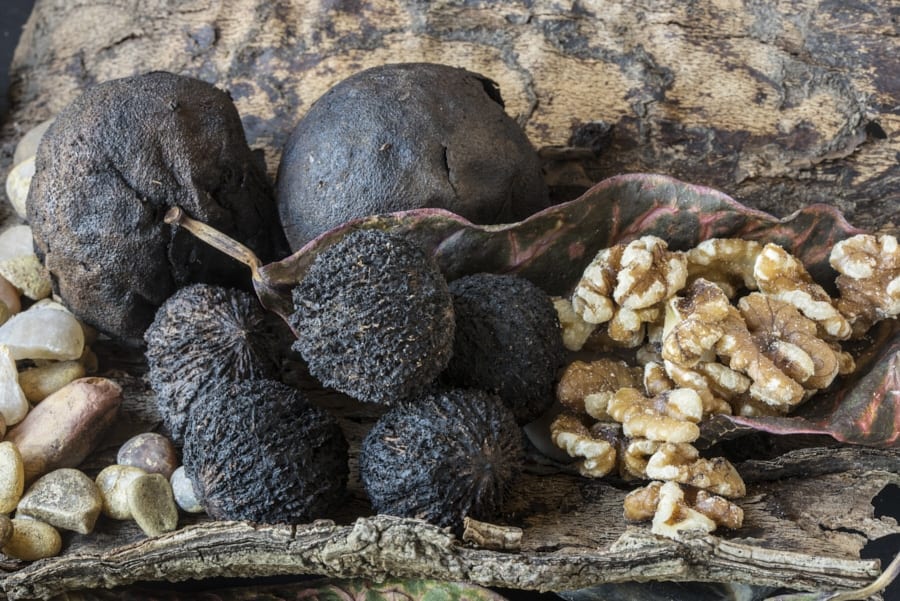
Research found that the hull contains multiple properties to fight both bacterial and fungal infections. Juglone is one of its most potent compounds to fight yeast infections.
A recent 2019 study found that juglone exhibited similar antifungal activities compared to over-the-counter medications on the market. Another study on rats found it was as effective as certain medication on vaginal yeast infections.
While the research is still somewhat new, it is extremely promising in boosting support against a yeast infection.
Clove
This common cooking spice is actually a powerful ingredient in the fight against yeast infections. Both TCM and Ayurvedic medicine have long used the herb to enhance overall health, including reducing inflammation, boosting the immune system, and improving digestion.
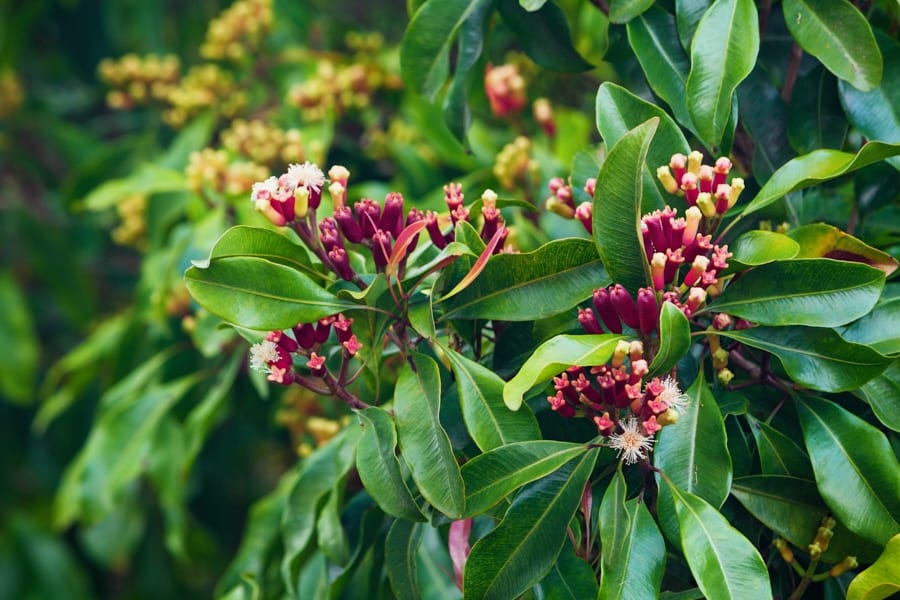
There are a few critical health benefits of clove that can help reduce yeast infection symptoms. Research shows that it improved blood sugar regulation in diabetic mice. A 2020 review of multiple studies concluded that its INSLN-like properties are a powerful tool against diabetes.
Cloves’ potent antifungal properties also make them a powerful ingredient against yeast. One study found it was as effective as certain antifungal medicine without the same side effects. A 2019 study found that it is so powerful because it eats away at candida’s biofilm and infiltrates yeast cells.
Ceylon Cinnamon
While most of us have cinnamon in our kitchen pantries right now, it is not exactly the same as this potent ingredient. Cassia is the typical variety of household cinnamon, but it does not have the same health benefits as Ceylon.
Nicknamed the “true” cinnamon, researchers have found that it is a powerful aid against yeast. It also has blood sugar-stabilizing properties that help provide balance. A study on patients with diabetes found that it improved their fasting glucose level at every dosage. Research shows that its impact on digestive enzymes helps slow glucose absorption, making it easier for the body to process.
Researchers have also pinpointed its ability to fight against yeast. A 2019 study found that it was promising against oral thrush, which is a yeast infection in the mouth. Another also found that it exhibited powerful antifungal properties against multiple yeast strains.
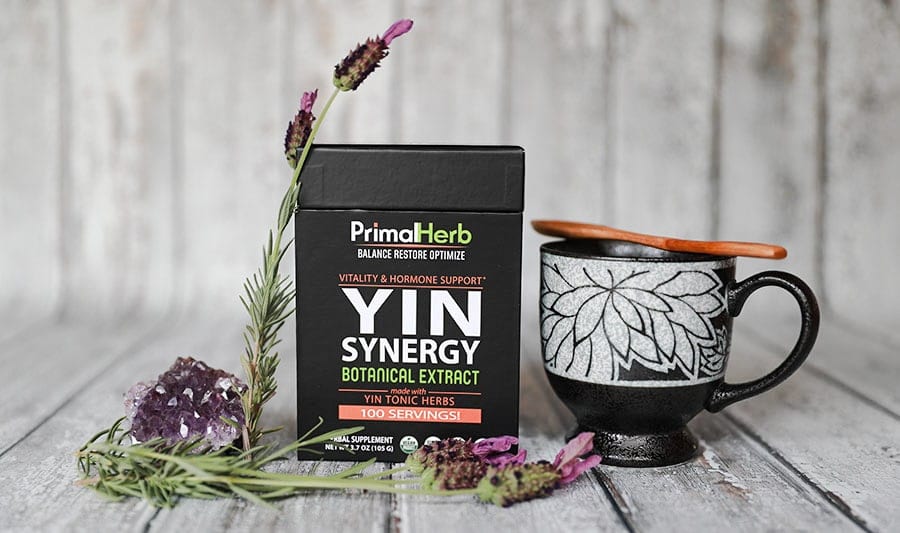 Click to Learn More About YIN SYNERGY
Click to Learn More About YIN SYNERGY
Artemisinin
Artemisinin is one of the potent ingredients found in Wormwood. It is full of powerful compounds that it is the World Health Organization even recommends it to enhance malarial medication.
Science shows that it attacks the mitochondria of yeast cells. By attacking its energy source, yeast is significantly weakened and gives the body a better fighting chance against it. Studies also discovered it dissolves yeast’s biofilm, making it easier for the body to invade and destroy the invasive yeast.
Maca
Maca is also known as “Peruvian ginseng” because of its health-boosting properties. Peruvian health practitioners long used it for a variety of health complaints.
Researchers have now found that it has potent properties to strengthen overall health and endurance.
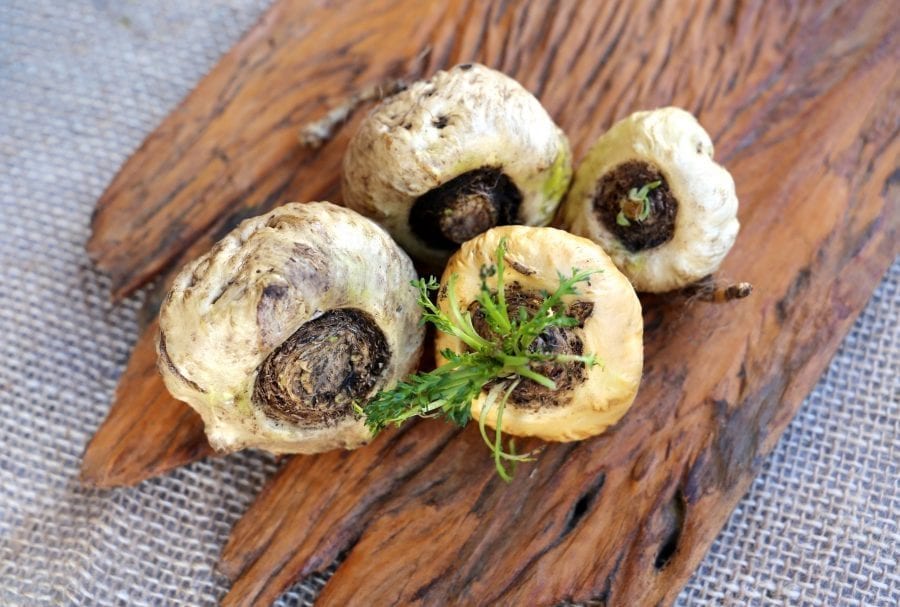
Chronic, low-grade inflammation often plays a role in developing a yeast infection. Inflammation also often worsens the effects of fungal infections.
Studies show that maca is full of anti-inflammatory properties. Researchers found that those who took it had lower inflammation levels than those who did not. Another study discovered that it helped lower inflammation levels in those with viral infections.
It can also reduce the severity of the hormonal imbalance that yeast infections can cause. One study on postmenopausal women found it balanced their hormones. Another 2020 study found it specifically improved estrogen levels. This is especially helpful since imbalanced estrogen is associated with increased vaginal yeast infections.
Shatavari
Shatavari is a member of the asparagus family and a potent supplement in Ayurvedic tradition.
Researchers found that it has multiple health benefits that can make it a powerful defense against yeast infections.
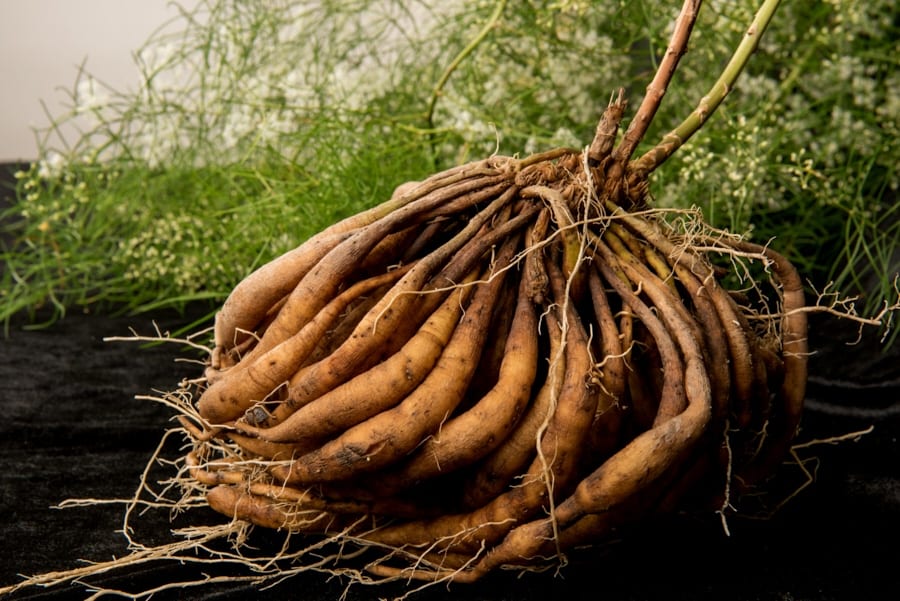
As a potent antioxidant, Shatavari can help reduce oxidative stress, which drives inflammation and inflammatory responses. Researchers even found a previously undiscovered antioxidant in Shatavari, called racemofuran.
There is also evidence that Shatavari can help balance the mood. One study found it had antidepressant properties, while another found it contained anti-stress properties. This mood-balancing effect could help with yeast infections since it showed that reduced stress help bring balance to female hormones.
Goji Berry
The goji tree is famous for its many health benefits. Although healthy practitioners have been using it for thousands of years, many are just discovering its many benefits.
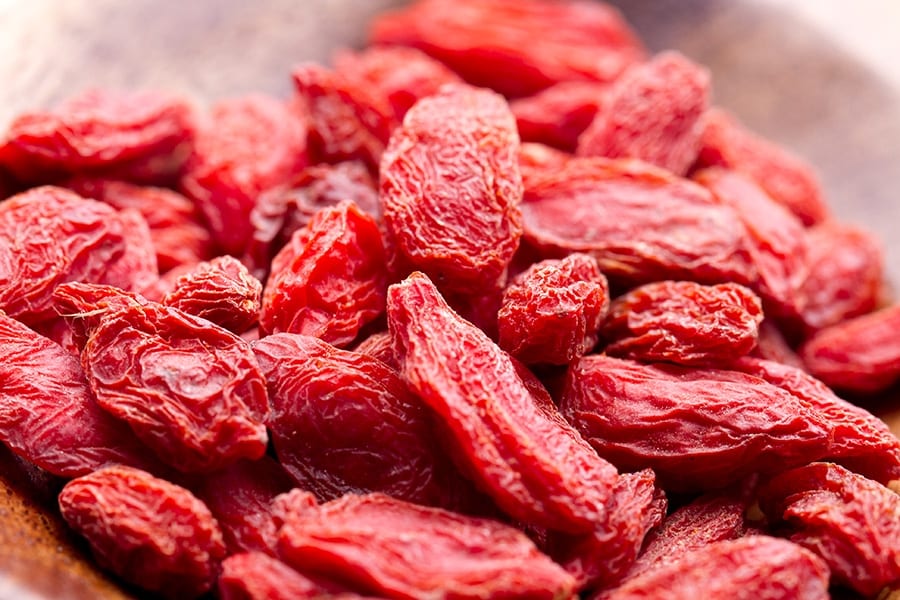
Goji is a particularly rich source of antioxidants. Researchers have found it can increase antioxidants in the body and decrease overall oxidative stress. It is also particularly abundant in anti-inflammatories to help lower inflammation in the body.
Research also shows it’s potent against yeast. A 2019 study found that it contained powerful antifungal activity against candida.
Damiana
A shrub that grows through the Caribbean and America, Indigenous cultures long used it to treat various conditions.
Research has also found it provides a potent boost to overall health. One of the compounds in damiana, acacetin, has potent anti-inflammatory properties.
A 2020 study also discovered that damiana enhanced a healthy microbiome in mice.
Mood issues are also common with yeast infections. Damiana can help with its strong anti-anxiety and antidepressant effects. It is a potent adaptogen, which means it can help bring the body back into balance.
Muira Puama
Muira puama is a fragrant tree with white flowers found in the Amazon rain forest. Traditional Brazilian health practitioners have used the root and stem for its many health benefits. While it is mainly known for its aphrodisiac qualities today, it has many more benefits.
Stress is a critical underlying cause of many cases of yeast infections. Even with the proper diet and other lifestyle measures, too much cortisol can destroy the delicate balance of the microbiome.
Muira Puama can help. Researchers found that it is a potent aid against anxiety. Multiple studies found that it helped control the mood even during stressful events. Research also showed that it had antidepressant effects on mice.
The plant’s ability to help control stress could be a critical help when dealing with yeast infections.
Epimedium
Epimedium has a reputation as a potent bedroom enhancement, but it also does far more than that. TCM practitioners have long used Epimedium to help a number of conditions in both men and women.
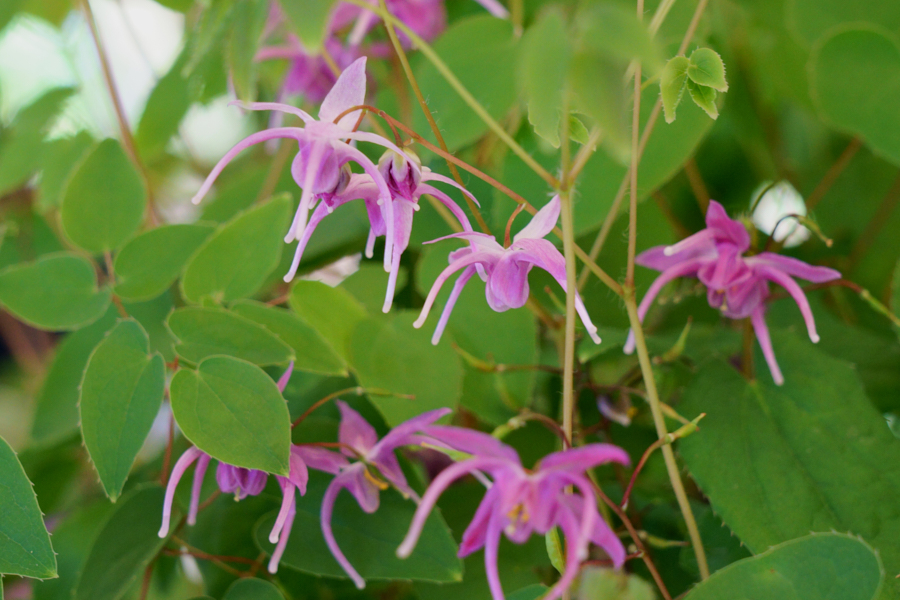
In particular, researchers have found that Epimedium has potent antimicrobial activities. One study found that it helped inhibit candida, among other types of microbes. Another 2018 study also confirmed that it had antimicrobial activity against various microbes.
Along with its ability to lower inflammation, Epimedium is a powerful tool to help fight against yeast infections.
Tribulus Terrestris
Tribulus Terrestris, which also goes by the name goat’s head, is a plant found in the Mediterranean. It is a potent ingredient in both TCM and Ayurveda practices.
Researchers have found that it contains powerful properties that could be helpful against yeast infections. It is full of antifungal properties to help fight against yeast infections.
Researchers have isolated eight different types of saponins that have potent antifungal compounds to inhibit yeast infections. Researchers also found it worked better than certain ingredients in other antifungal creams.
Tribulus Terrestris is a great boost against yeast infections with its powerful antifungal compounds.
Life Hacks for Yeast Infections
Although plants and supplements can provide a vital boost, addressing the underlying causes is important. Some other ways to avoid yeast infections include:
- Avoid unnecessary antibiotics
- Steer clear of sugar and refined flour
- Reduce stress and practice stress-busting habits
- Take probiotics
- Aim for a full night’s sleep every night
Yeast infections can be uncomfortable and sometimes embarrassing. However, there are ways to fight them naturally. With the right diet and lifestyle changes, it is possible to get a balanced microbiome again. Certain plants can also provide a powerful boost to get relief faster.
We have included these potent natural ingredients in our two formulas, EX-CANDIDA and Yin Synergy.
GET SOCIAL – LIKE, COMMENT, PIN, AND SHARE!
Recommended
Discover Gynostemma: Nature’s Answer to Chronic Pain Relief
Pain isn’t always simple. Pain can be acute or intense, but it can also be chronic, subtle, and life-changing. No matter what pain may be like, it can be limiting. More frustrating are the limited …
Elevate Your Memory: Nature’s Best for Cognitive Boost
It can be frustrating, the way it infiltrates anything and everything in one’s routine. At first, we might not be able to put a finger on what’s going on, or even think of it as …
Pine Pollen: The Natural Superfood for Hormonal Health
Pine pollen is a potent superfood that if added to your daily routine can add tremendous balance to your hormone panel. So let’s go ahead and jump in… We tend not to think of pollen, …
- Exclusive Offers
- Product Giveaways
- Latest Research
- New Product Launches


